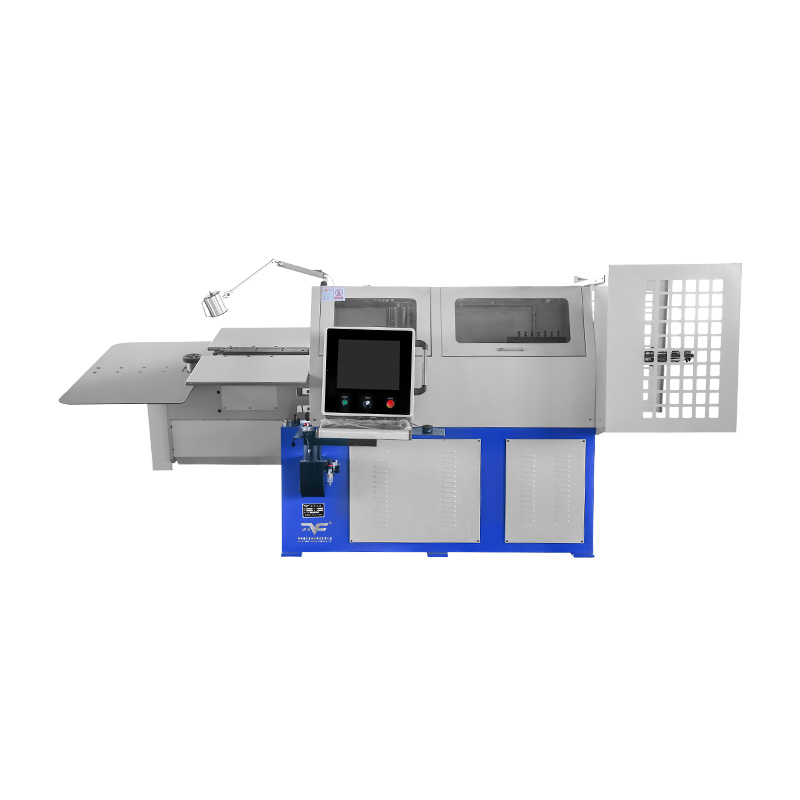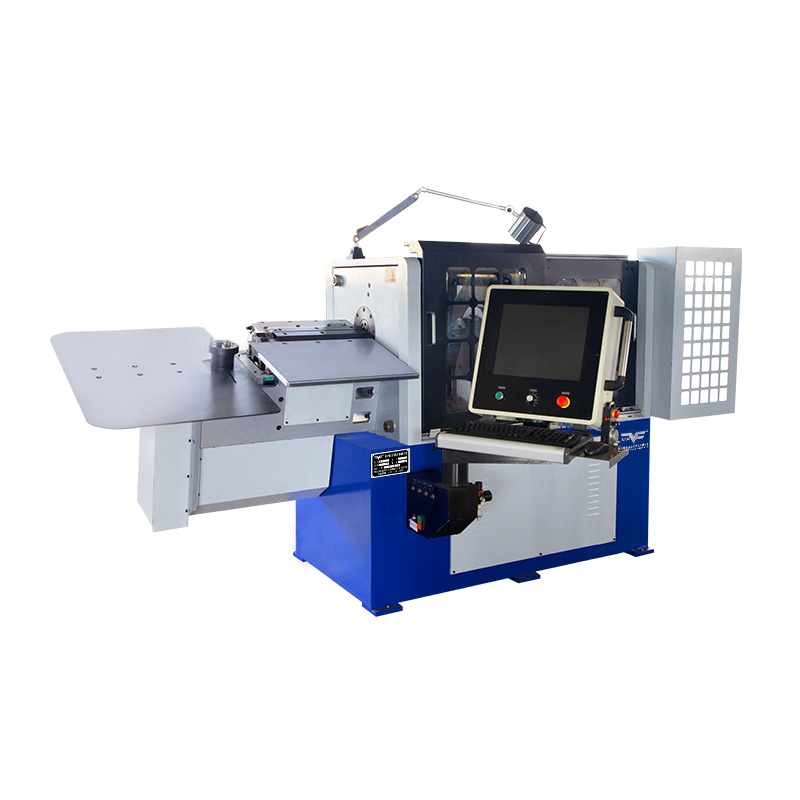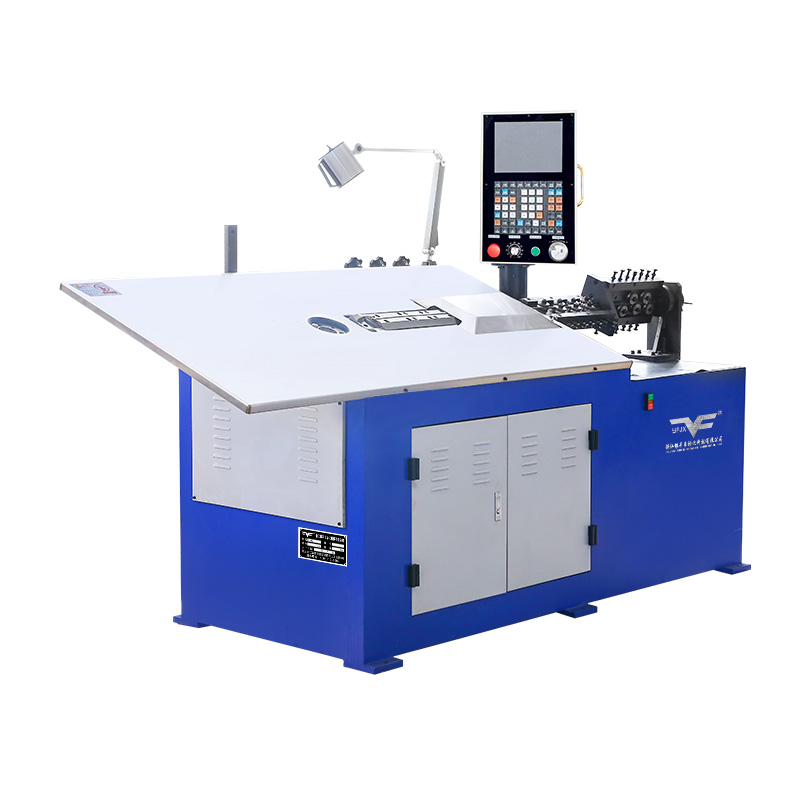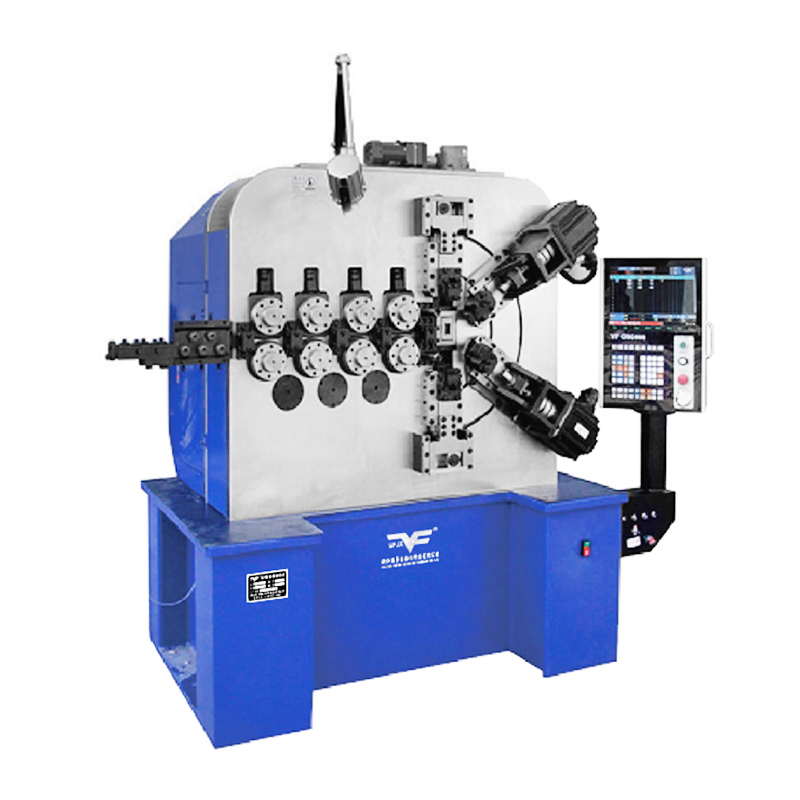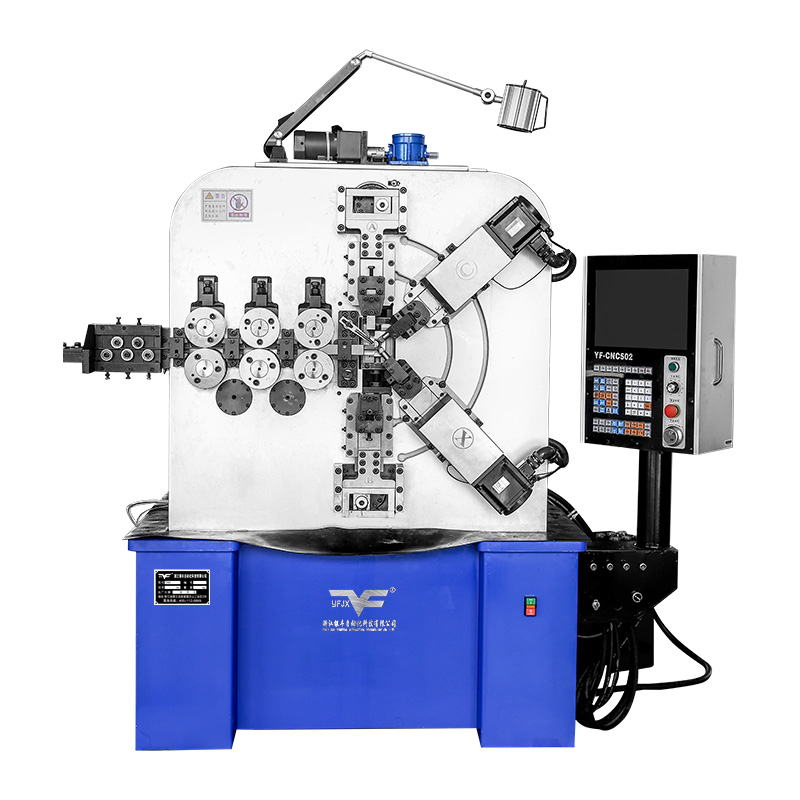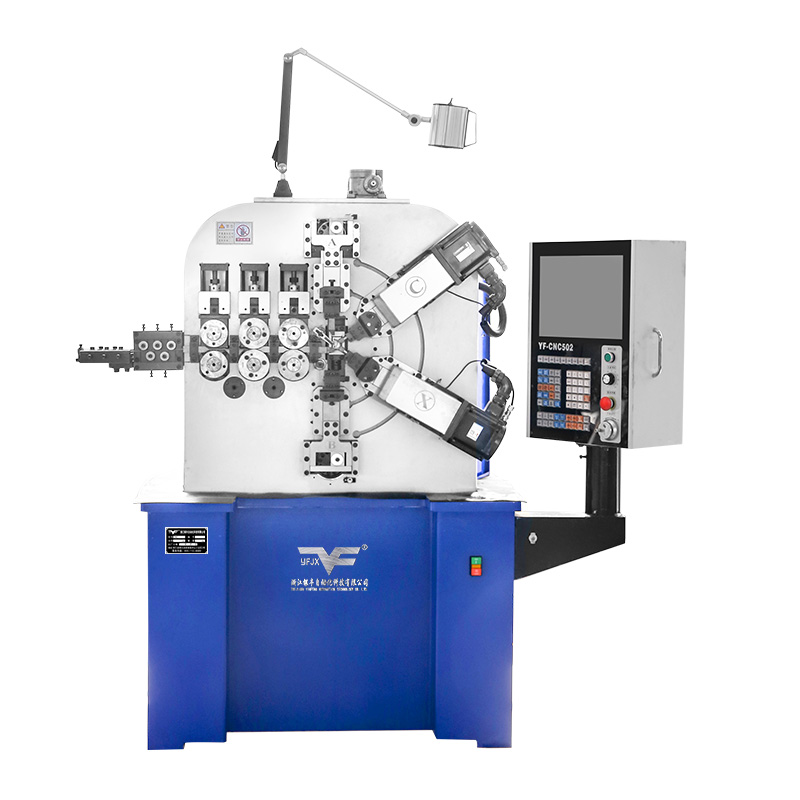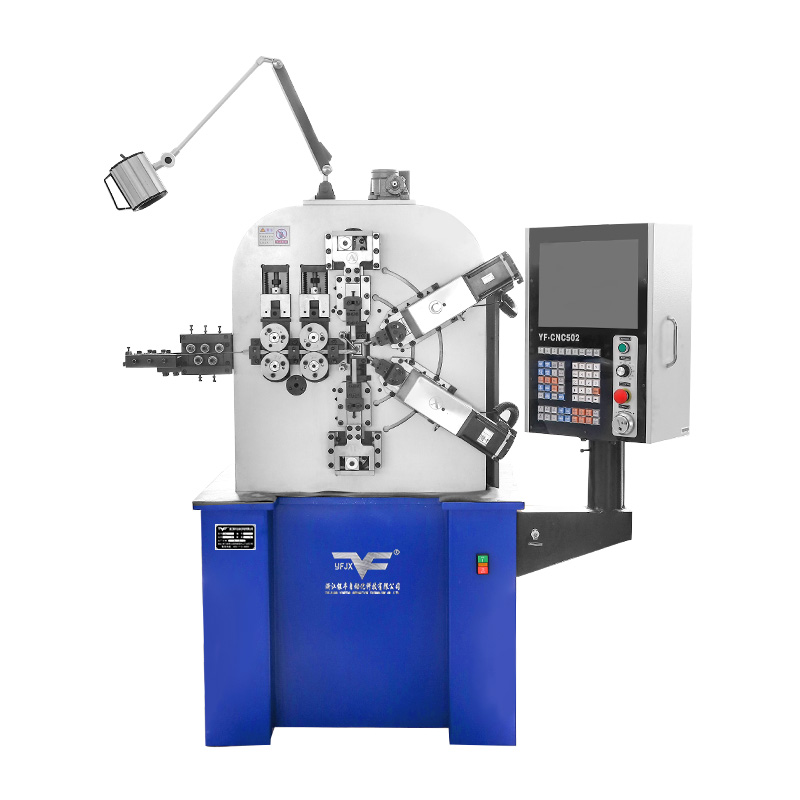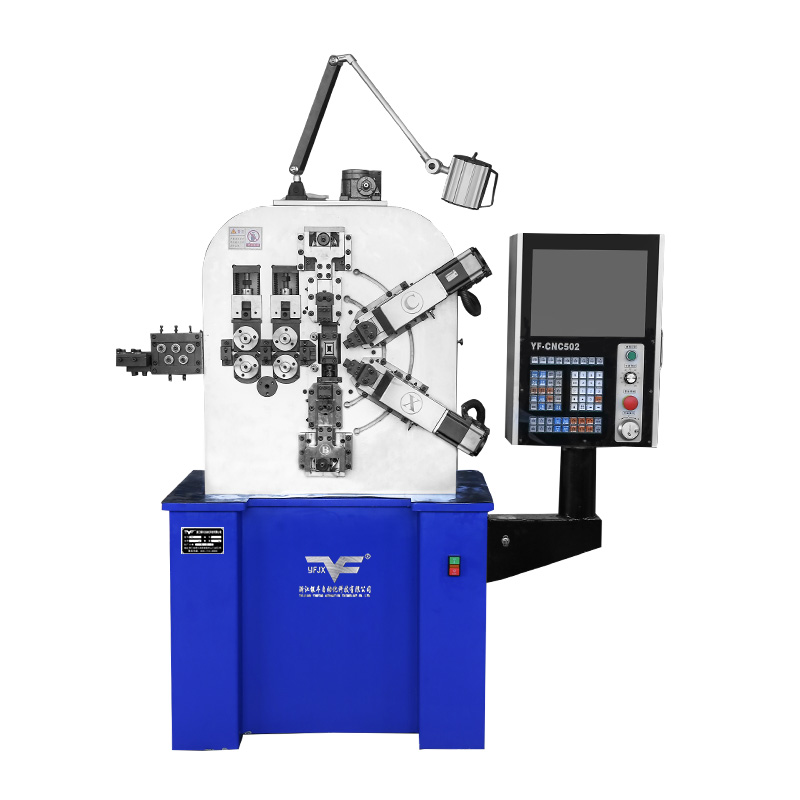Camless Spring Machine Finds Wider Use in Customized and Complex Spring Manufacturing
Industry News-The market for spring and wire forms is increasingly characterized by requests for specialized designs and configurations tailored to specific applications. This trend towards customization requires a manufacturing approach that is both precise and highly adaptable. The Camless Spring Machine has become a central technology in responding to this shift. Its digital framework allows for a rapid reconfiguration of the forming process, making it a suitable choice for the production of custom and geometrically complex components that are challenging to produce with conventional methods.
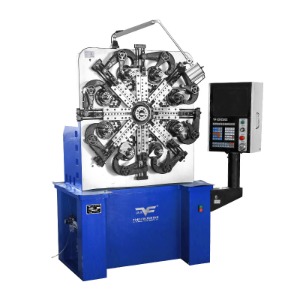
Adapting to Complex Production Requirements
Traditional cam-driven systems often require manual adjustment or hardware changes for each spring type. Camless machines remove this limitation by allowing digital reprogramming. Operators can modify parameters such as coil pitch, angle, and rotation through intuitive interfaces. This capability suits industries that produce multiple spring types—compression, torsion, tension, or shaped—within the same facility.
Facilitating Rapid Prototyping and Development
In the product development phase, speed and iteration are critical. The ability of a Camless Spring Machine to transition from a digital design to a physical sample without the need for designing and machining dedicated cam sets significantly shortens the prototype cycle. Engineers can design a spring, generate a machine program, and produce a batch of samples for testing and validation. This iterative process allows for refinements to be made quickly in the software, accelerating the time it takes to finalize a production design.
Mastering Complex Geometries and Multi-Axis Forming
The architectural principle of the Camless Spring Machine, with its independently controlled servo axes, allows the tooling to move in coordinated paths that are not constrained by the fixed geometry of a physical cam. This capability is applied to the creation of components with multiple bends in different planes, tight coil sections adjacent to long straight arms, or complex end forms. These geometries, often encountered in specialized industrial, automotive, or consumer applications, can be executed in a continuous operation on a single machine, simplifying what would otherwise be a multi-step manufacturing process.
Addressing the Economics of Small-Batch Production
The economic production of small batches is a common challenge. Traditional spring-making methods often involve setup times and tooling costs that are difficult to justify for limited runs. The Camless Spring Machine alters this dynamic. Since changing the product design primarily involves loading a different program, the non-recurring engineering effort and the time required to switch between jobs are reduced. This makes it feasible to produce smaller quantities of a wide variety of parts in a cost-effective manner, allowing manufacturers to serve niche markets or fulfill limited-edition product orders.
The expanding role of the Camless Spring Machine in custom and complex manufacturing reflects a broader industrial move towards demand-driven production. The technology provides a tangible solution for companies navigating a landscape where product individuality and specialized functionality are valued. By enabling efficient small-batch production and mastering complex geometries, the Camless Spring Machine provides manufacturers with the agility to meet diverse and evolving customer needs.
The growing adoption of Camless Spring Machines for customized and complex spring production highlights their role in modern manufacturing. By combining precision with digital flexibility, these machines help producers achieve high design variety and dependable forming quality, supporting the continuous evolution of specialized product manufacturing.

 English
English русский
русский Español
Español 简体中文
简体中文